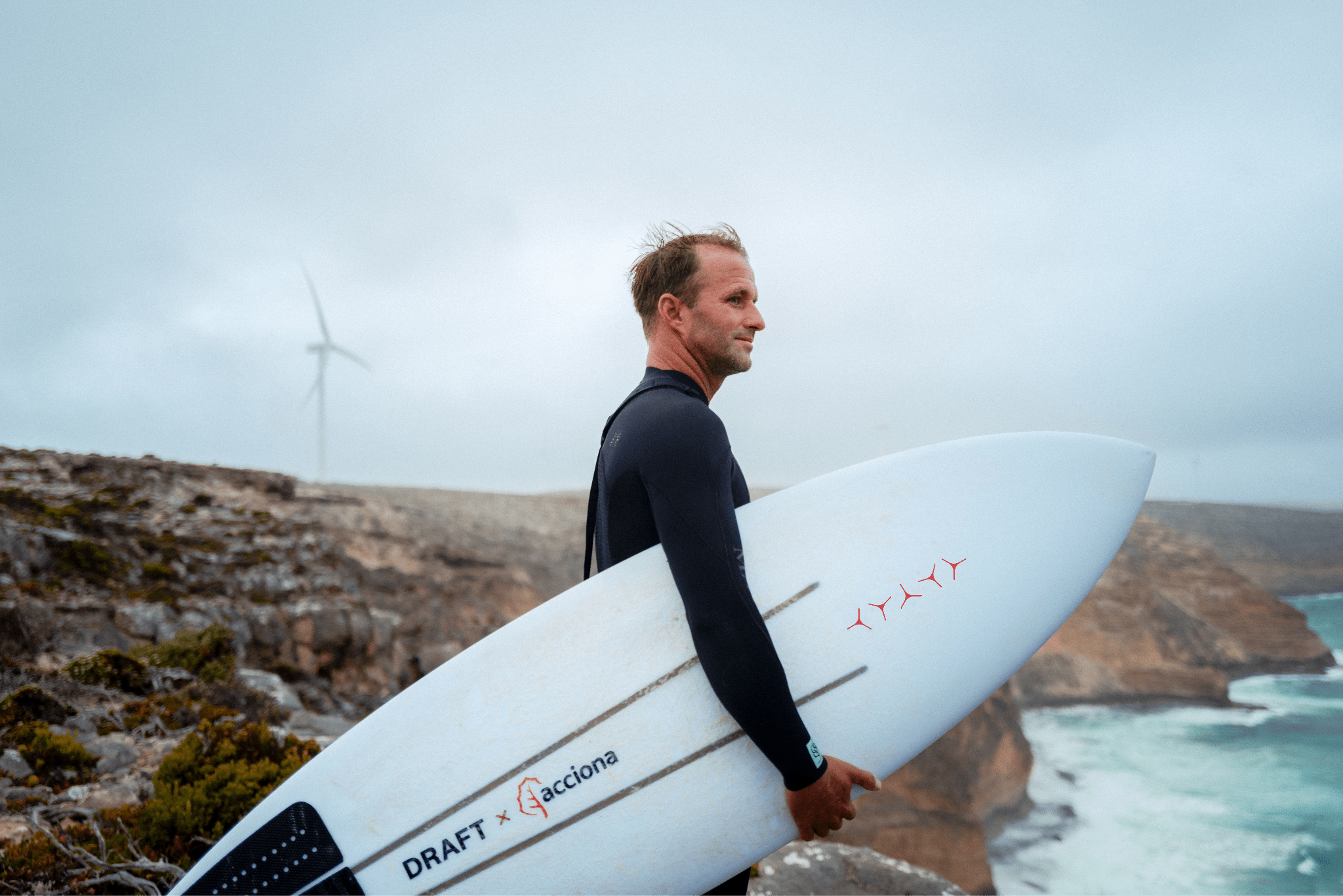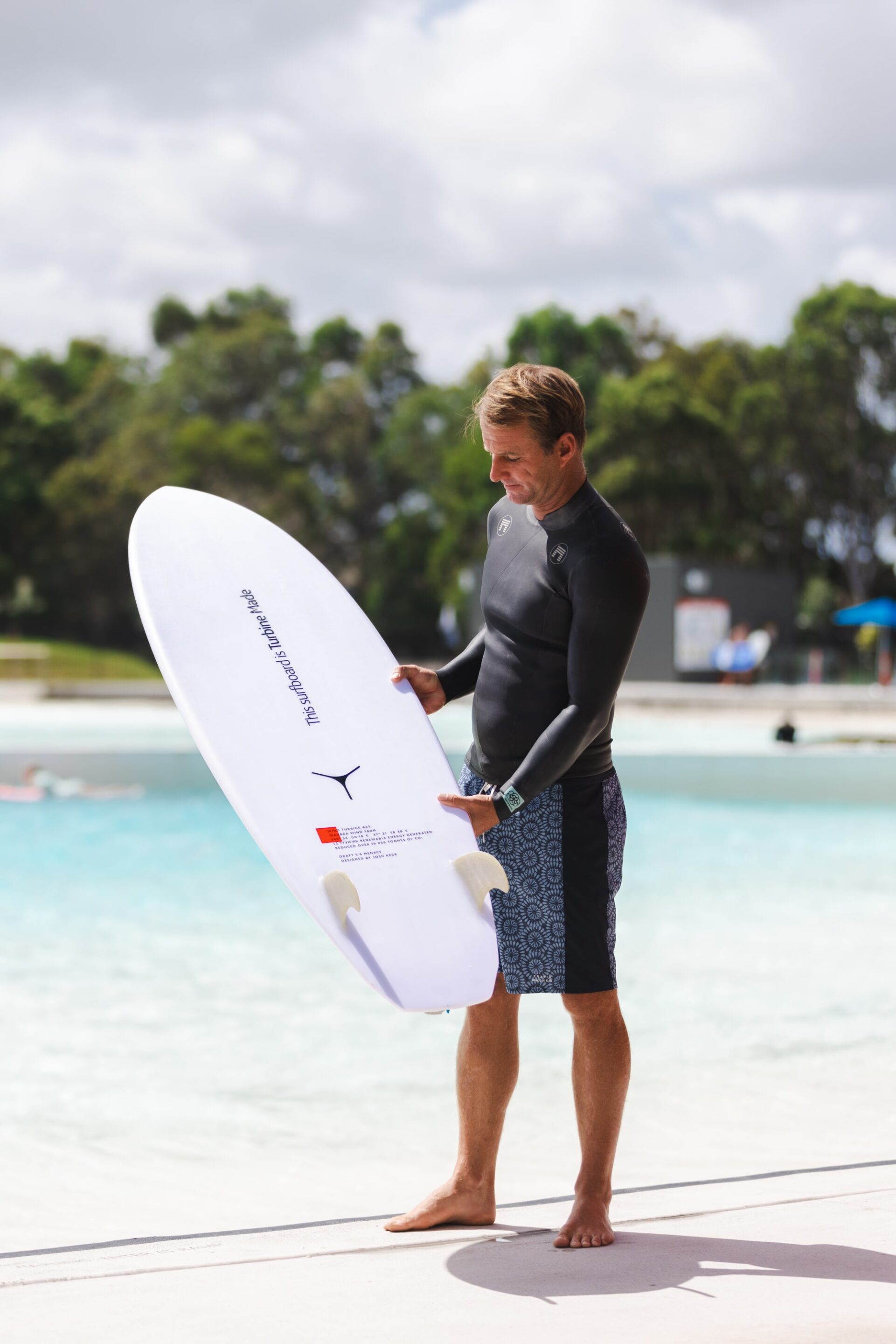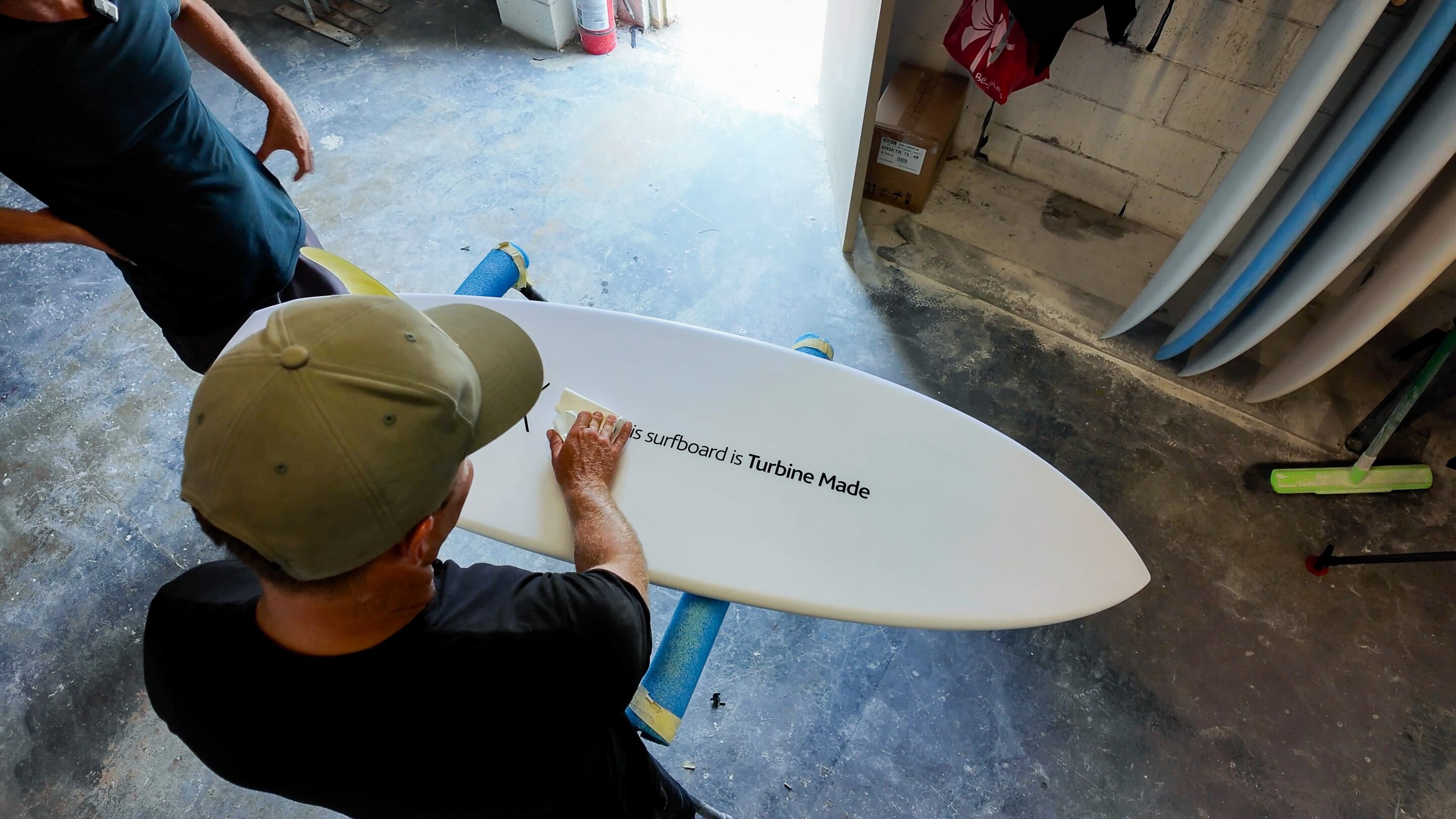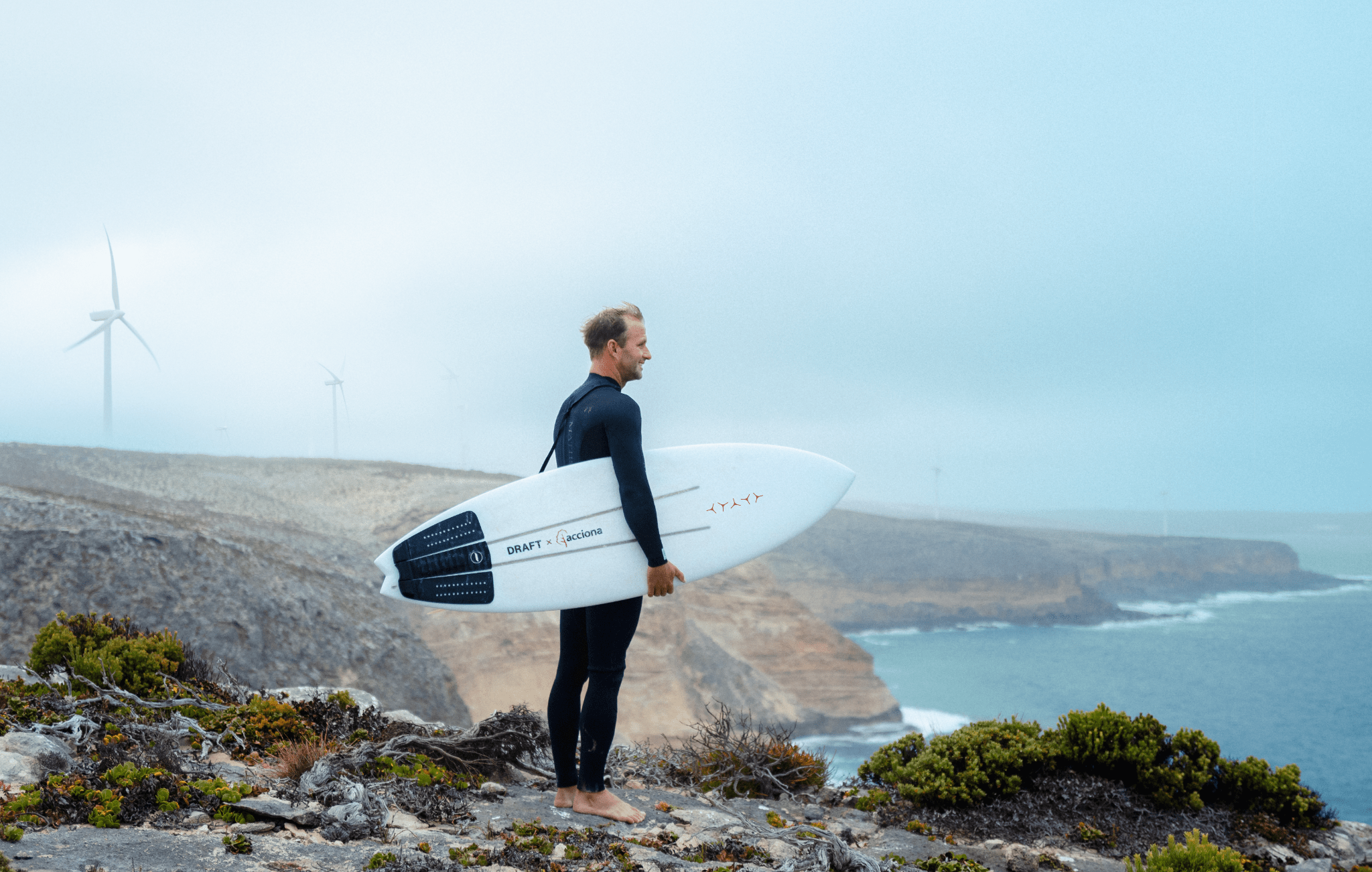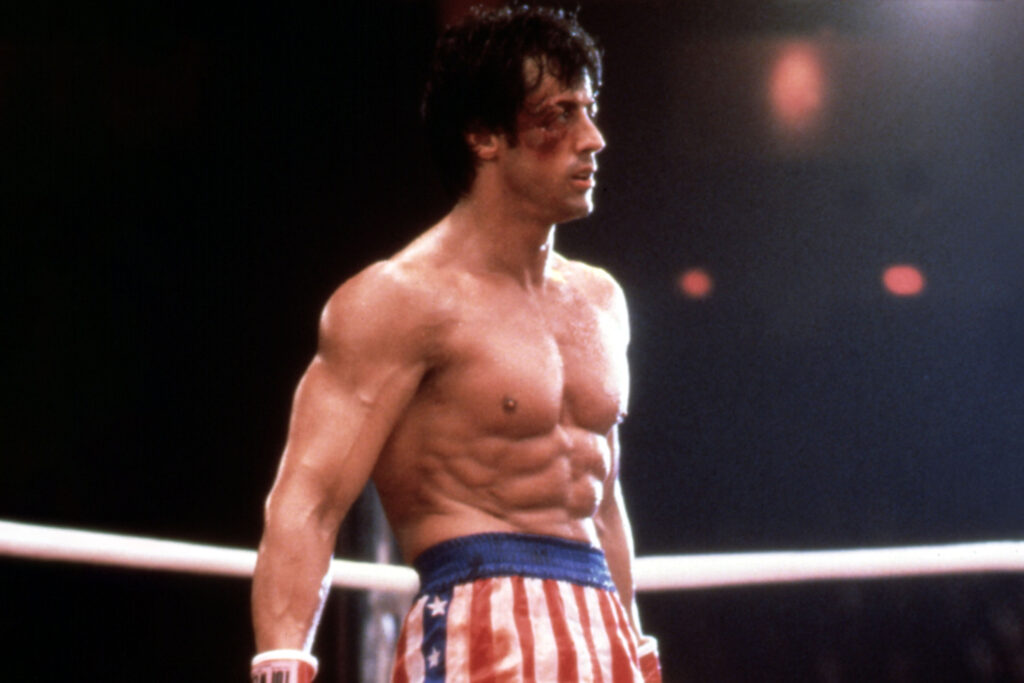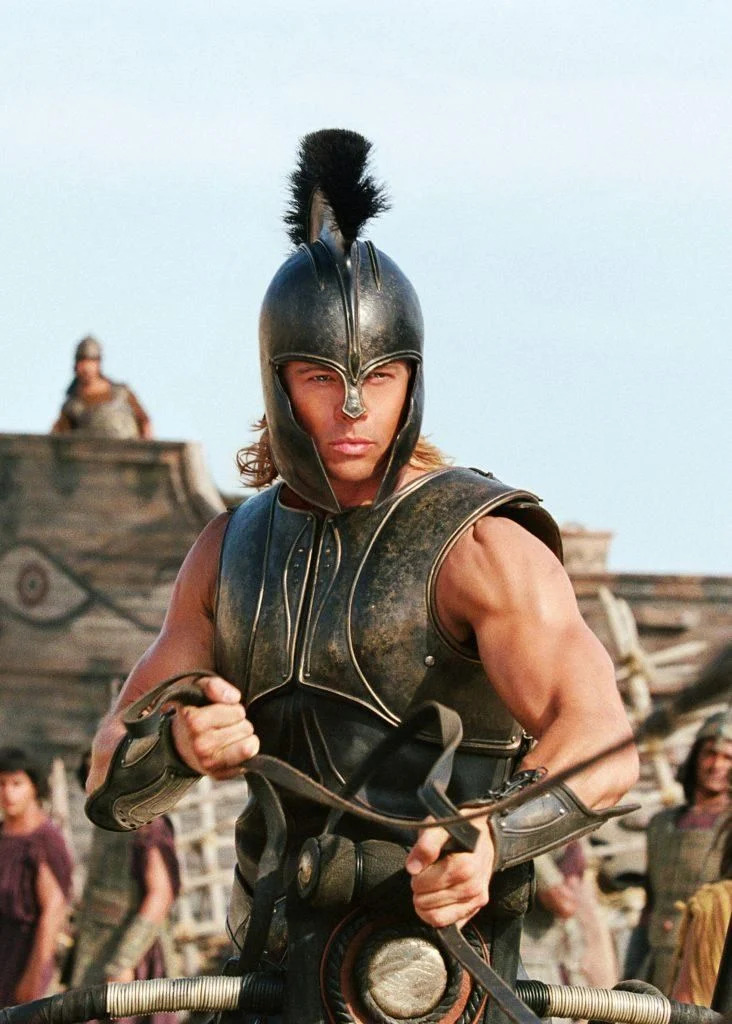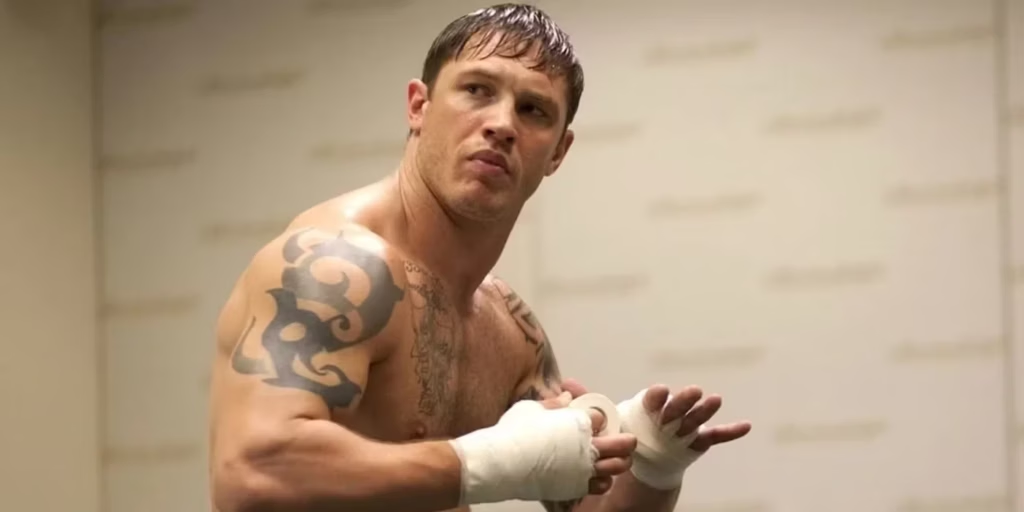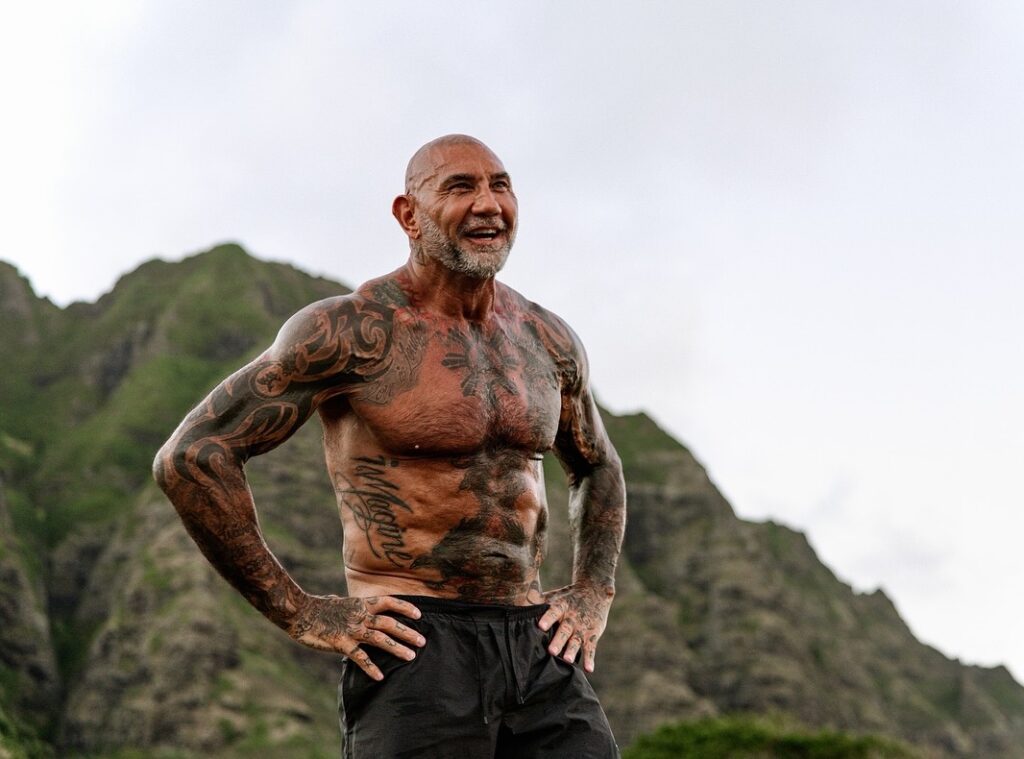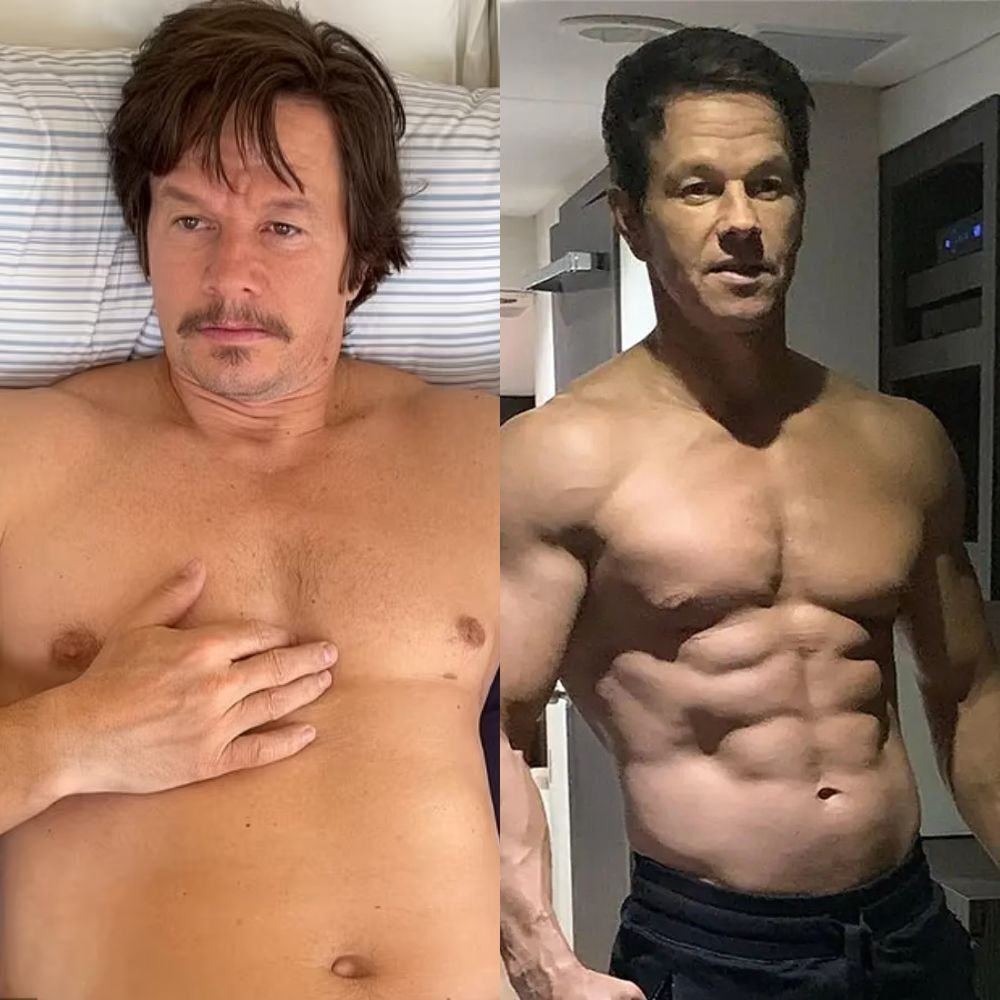JOSH KERR’S LIFE has always revolved around the ocean. He has surfed for as long as he can remember, was a regular on the World Surf League’s pro circuit for the better part of a decade, and is the founder of board brand Draft Surf. But since retiring, he’s switched his attention from carving up our in oceans to protecting them.
“Environmentalism has always been something I’m interested in. As a surfer I live in the ocean and keeping our beaches clean helps protect the ocean for future generations,” he tells Men’s Health during a chat at URBNSURF in Sydney. “We’re very fortunate here in Australia – and sheltered to some extent – that we don’t see how bad the ocean can get in other parts of the world. We don’t get contaminated water very often and the rain doesn’t affect the water that much. In other places, even like California, if you go out in the water after it rains there’s a good chance you’ll get sick.”
Kerr’s desire to conserve our oceans led to an interest in sustainability initiatives. When an opportunity to partner with Spanish sustainable infrastructure and energy company ACCIONA popped up, he jumped at it. The partnership has now resulted in the creation of ten prototype surfboards, made from the blades of a retired wind turbine.
The transformation of a wind turbine blade into a surfboard is actually more natural than you might think, as both are typically made from fibreglass. The blade used in the ‘Turbine Made’ surfboards came from a decommissioned turbine from ACCIONA’s Waubra wind farm in Victoria. It was then given a makeover on the Gold Coast, with repurposed turbine blade strips built into the deck for strength and flex control.
The fins of the board are also made from recycled fiberglass and provide stability and speed. According to Kerr, the Turbine Made boards ride just as well – if not better – than a regular board. “They’re really fun to ride,” he says. “I’ve found some really fun things that you don’t really get on regular boards, like with these stronger fins and the flex on the epoxy, I’ve felt some things that I don’t feel usually.”
When he’s not busy with his noble mission of saving our oceans, Kerr still spends plenty of time in the water. He tries to surf as often as he can, and that remains his primary source of fitness. That being said, he has broadened his scope of activities to maintain a level of fitness that will allow him to keep surfing for the long term.
“Wanting to surf actually helps me stay active, because I need to be fit to be able to surf,” Kerr says. “I mainly stay fit through surfing, but I do a lot of cross-training sports too. I’m into pickleball – I love pickleball – I play golf, go skateboarding, snowboarding. I just try to be as active as possible. I don’t love regimented-style training, so I try to blend as many activities into my life as possible.”
For Kerr, surfing isn’t just about the physical benefits. “I would say 70-80 per cent of my surfs are purely for the reason that I need to get in the water for my mental state,” he says. “You always feel better after a surf. I feel much more refreshed for the day, my mind feels much clearer. It’s a bit of escapism – you get to leave the digital world behind.”
The way we see it, Kerr is taking a two-pronged approach to surfing. He’s keeping his body in the right shape to be able to handle the rigours of the waves, and doing his part to conserve our oceans, so that they’ll still be around for future generations.
Related:
Olympic surfer Connor O’Leary is doing it for the culture
Jack Robinson on Olympic dreams, the power of meditation and dad strength




